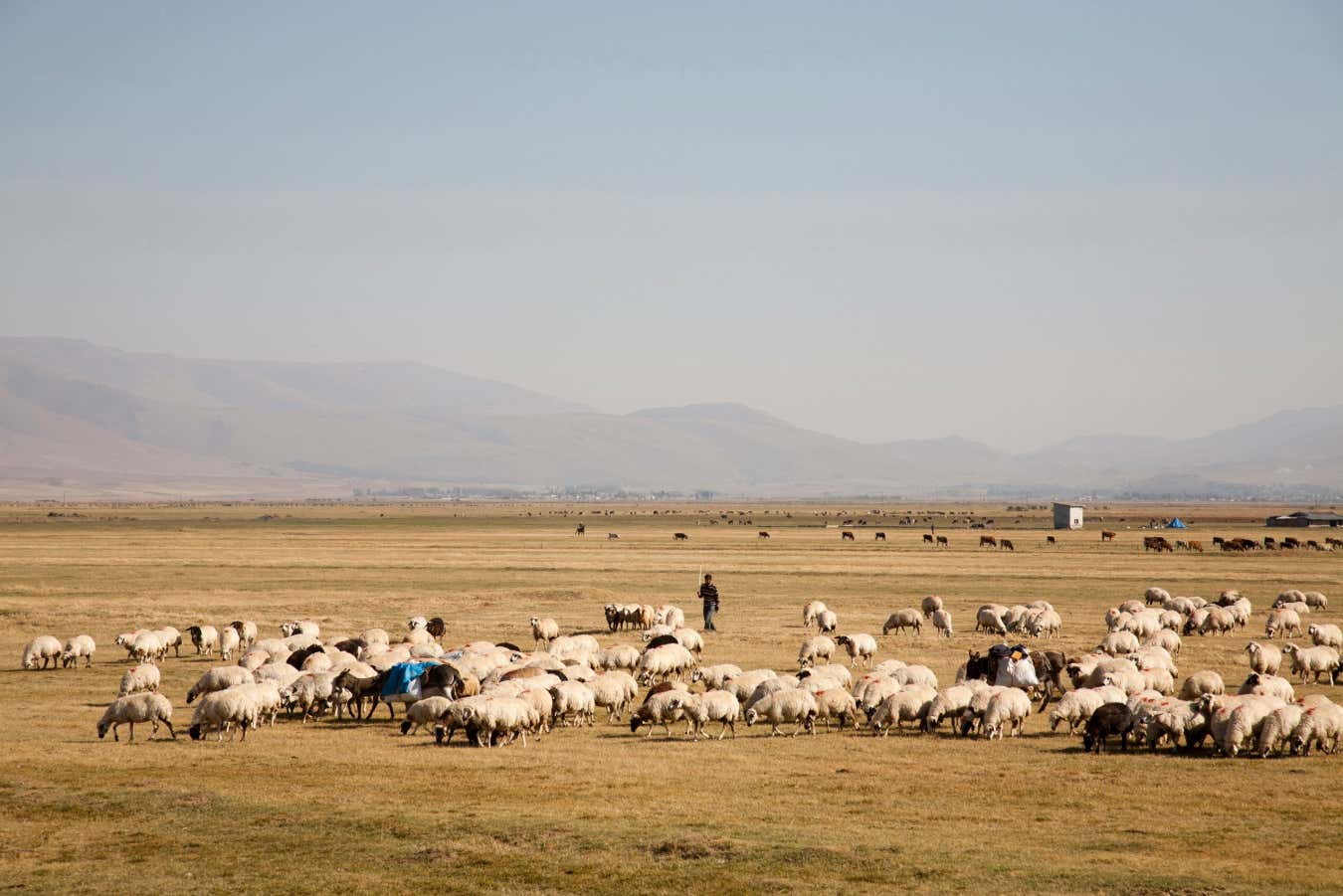The ancestor of Indo-European languages may have been spoken by farmers in southern Turkey 8000 years ago
Odyssey-Images / Alamy Stock Photo
A recent analysis of related words suggests that the ancestor of Indo-European languages, which are spoken by close to half the world’s population, was likely spoken in the eastern Mediterranean around 8000 years ago.
The common connection between Indo-European languages, including English and Sanskrit, has been recognized for centuries. William Jones, a linguist in 1786, was among the first to identify the shared heritage of Greek, Latin, and Sanskrit.
However, researchers have been divided on the origin of this proto-Indo-European language. There are two main hypotheses: one suggests an origin in the steppe region north of the Black Sea around 6500 years ago, while the other, known as the farming theory, proposes an earlier origin in southeast Turkey and northwest Iran around 9500 years ago.
To investigate these hypotheses, linguist Paul Heggarty and his colleagues compiled a database of 170 words and their translations in 161 Indo-European languages, including ancient Greek. By analyzing patterns among these words, the researchers estimated the relatedness of the languages and traced the splits between them.
Based on their analysis, the team concluded that the root of all Indo-European languages can be traced back approximately 8100 years ago. The farming theory, which suggests an origin in the Fertile Crescent, is supported by the findings. However, the study did not find strong evidence for the close connection between Indo-Iranic and Balto-Slavic languages proposed by the farming theory.
Instead, the researchers propose a hybrid model where Indo-European languages spread in multiple directions from the Fertile Crescent. One branch migrated to the steppe region, leading to a secondary expansion into Europe. This European expansion aligns with the steppe hypothesis, which is supported by ancient DNA data indicating a migration from the steppe region into Europe approximately 5000 years ago.
The team suggests that the Indo-Iranic branch of the language split off earlier, around 7000 years ago. This hybrid model combines aspects of both the steppe and farming hypotheses and incorporates insights from ancient DNA research.
While this study is not definitive, it contributes to our understanding of the origin of Indo-European languages. The creation of an open-access database of word meanings is particularly valuable for further research in this field.







